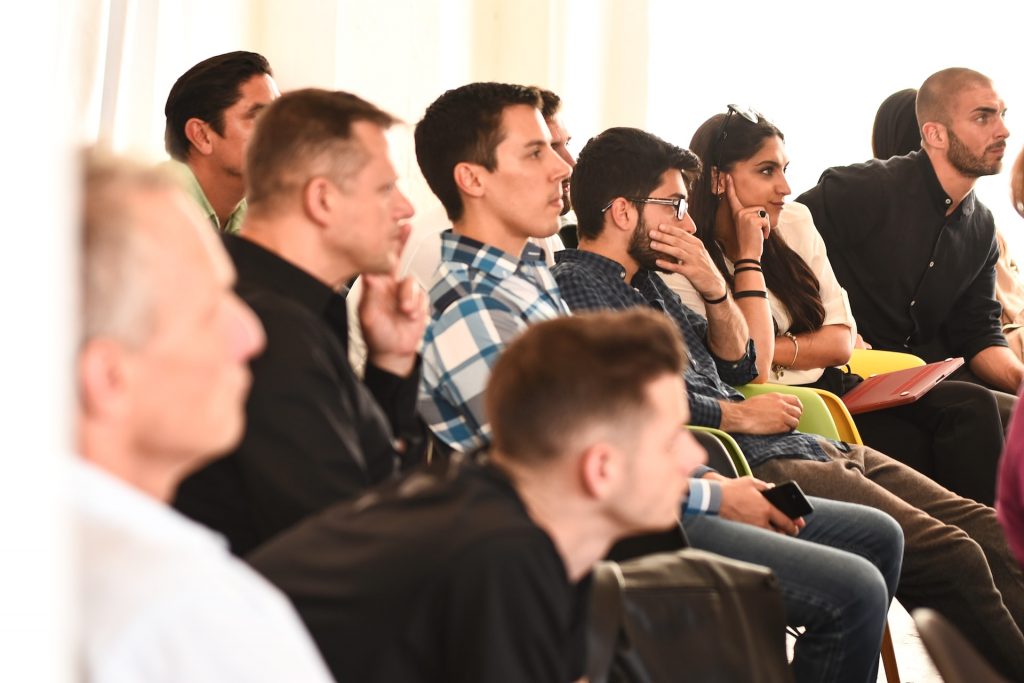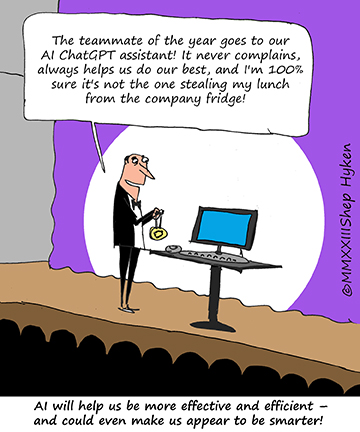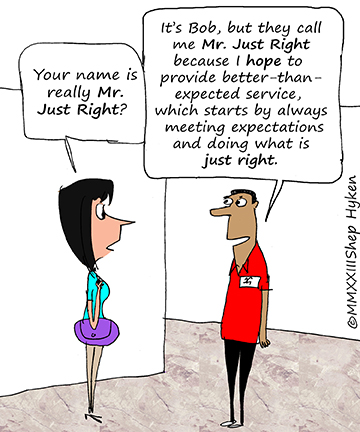
GUEST POST from David Burkus
Employee engagement has been a hot topic for several decades. And for good reason. Business teams with highly engaged employees have a 59 percent lower turnover rate than those with less engaged staff. Highly engaged teams are 17 percent more productive. Engaged teams receive 10 percent higher customer reviews. And yes, businesses with engaged employees have higher profit margins than non-engaged competitors.
But getting employees to feel engaged is no small feat. Even how to measure employee engagement can be a difficult question to answer for many leaders. But there are good reasons to try. Measuring employee engagement helps identify cultural strengths for the organization. Done well measuring employee engagement builds trust through the company. And measuring employee engagement helps understand and respond to potential trends, both in the organization and across the industry.
In this article, we’ll outline how to measure employee engagement through the most commonly used method and offer the strengths and weaknesses of each method.
Surveys
The first method used to measure employee engagement is surveys. And this is also the most commonly used method as well—mostly for commercial reasons. After the Gallup Organization launched their original Q12 survey of engagement, dozens of competing companies with competing surveys sprung up all promising a different and better way to measure employee engagement. Most of these surveys present a series of statements and ask participants to rate how much they agree or disagree on a 5- or 7-point “Likert” scale. Some include a few open-ended questions as well.
The biggest strength of the survey method is that it scales easily. For an organization with hundreds or thousands of employees, emailing out a survey invitation and letting the system do the rest of the work saves a lot of time. In addition, surveys allow for objective comparisons between teams and divisions, or between the company and an industry benchmark. But while the comparisons may be objective, the data itself may not be. That’s the biggest weakness of surveys, they most often rely on self-reported data. And as a result, those taking the survey may not be completely honest, either because they want to feel more engaged or because they don’t trust the survey to be truly anonymous.
Proxies
The second method used to measure employee engagement is proxies—meaning other metrics that serve as a proxy for engagement. Because we know that employee engagement correlates to other measurements, we can assume a certain level of engagement based off those measurements. For example, productivity has a strong correlation to employee engagement when looking at teams or entire organizations. So, if productivity is high, it’s safe to assume employee engagement isn’t low. Likewise, absenteeism and turnover tend to rise as employee engagement falls, so changes over time on those metrics point to changes over time in engagement. (And comparisons between engagement in departments/teams can sometimes be made based on these proxies.)
The big strength of proxies is that they’re usually measurements that are already being captured. Larger organizations are already tracking productivity, turnover, and more and so the data are already there. The weaknesses of proxy measurements, however, are that they’re not a perfect correlation. It’s possible to be productive but not engaged, and there are often other reasons certain roles have higher turnover than others beyond employee engagement. In addition, some of these proxies are lagging indicators—if turnover is increasing than engagement has already fallen—and so they don’t provide leaders a chance to respond as fast.
Interviews
The third method used to measure employee engagement is interviews. And this method is the least common one but it’s growing in usage. Sometimes these are called “stay” interviews, in contrast to the exit interviews that are common practice in organizations. The idea is to regularly interview employees who are staying about how the company (and leaders) are doing and how things could be improved. While the questions used should provide some structure, the open-ended nature allows leaders to discover potentially unknown areas for improvement.
The biggest strength of stay interviews is that they’re a useful method for team leaders who may not have senior leader support for measuring engagement. Conducting stay interviews with ones’ team doesn’t require senior leadership approval or data from Human Resources. So, it’s available to leaders at all levels. And while that’s true, the weakness of stay interviews is that they’re hard to scale. Training thousands of managers on conducting a stay interview isn’t as easy as emailing out a survey. Moreover, because different managers would conduct these interviews differently, cross-comparison would be subject to bias. Stay interviews are a powerful way to measure engagement on a team, but they’re most potent when they’re used by managers who truly want the feedback their team provides (and not merely because they were told to conduct interviews).
Conclusion
While all three methods are a way to measure employee engagement, it’s not enough to merely measure. We measure things so we can improve them. So once the measurement is done, leaders need to have a plan in place make progress. That plan should include sharing out the results of the measurement and sharing the lessons learned from analyzing those results. In addition, leaders should share what changes are planned based on those lessons. And while it doesn’t need to be shared, it’s worth thinking ahead of time how the effects of those changes will be themselves be measured.
Done well, these measurements and the resulting plans will create an environment where everyone can do their best work ever.
Image credit: Pixabay
![]() Sign up here to get Human-Centered Change & Innovation Weekly delivered to your inbox every week.
Sign up here to get Human-Centered Change & Innovation Weekly delivered to your inbox every week.










